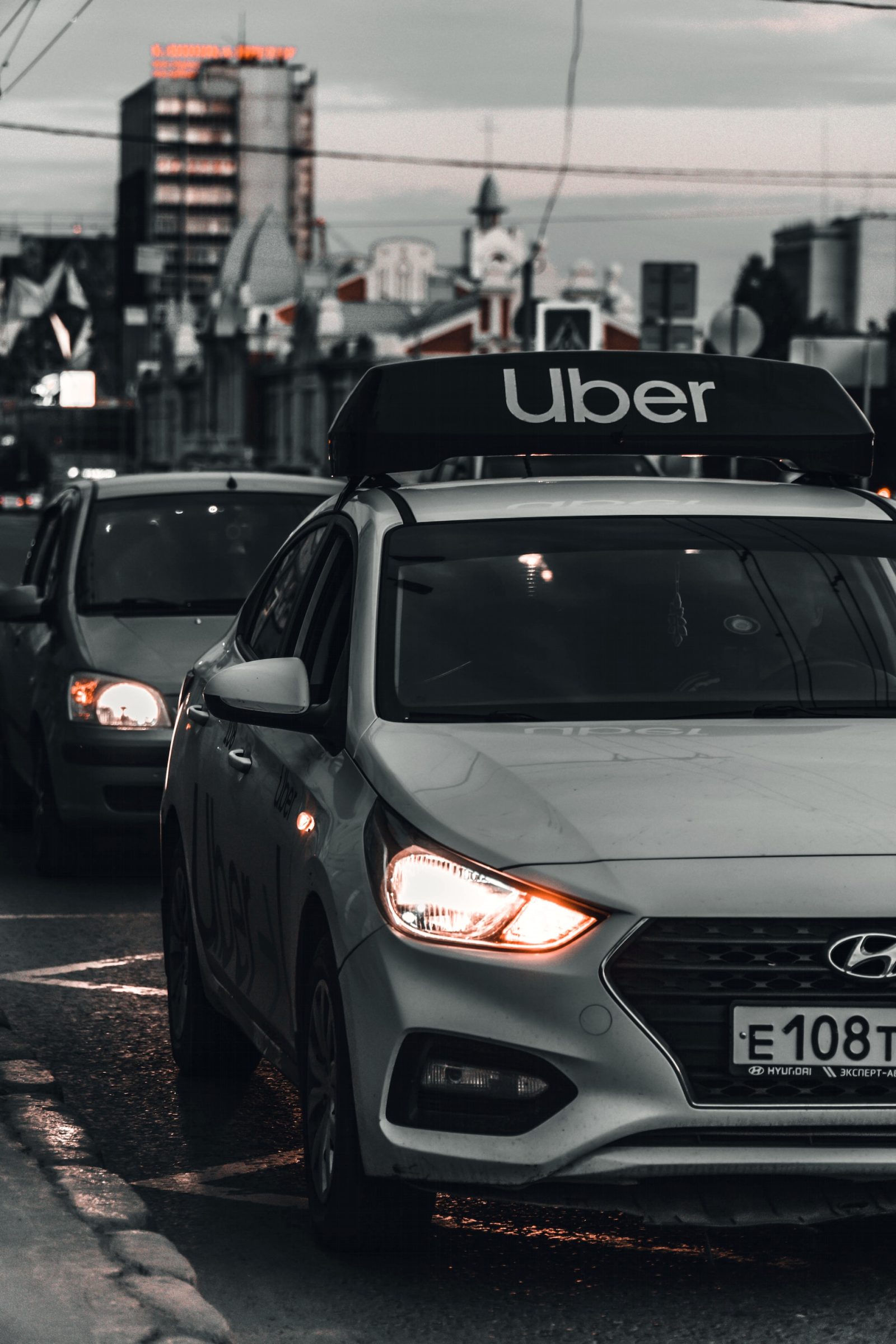
An Uber target
1 January, 1970
Driving to its target of being a zero emission and low packaging waste platform by 2040, Uber has taken its sustainability strategy up a gear, for both food delivery and taxis.
Uber Eats is in the process of introducing a range of product updates that provide more environmentally conscious options. Given that the environmental cost of delivery food can be high – a household spending £50 on food delivery a week has a carbon footprint that is 450% higher than those that don’t (not all related to the food delivery, of course) – this is welcome.
One element of the approach focuses on packaging, with Uber Eats committing that all restaurants on the app will only use sustainable packaging by 2030. They will also be introducing a new feature which allows customers to filter restaurants that use green packaging options already. And to help restaurants manage the higher costs associated with this, it’s partnered with WWF to explore more affordable solutions to green packaging for restaurants. Packaging is a good first step, though the issue of the carbon footprint of the food it promotes remains unaddressed in the current plan.
Across the road, Uber is pushing forward with the monumental task of switching its entire vehicle fleet to electric vehicles, and also now offer electric Lime scooters through their app. As a passenger, you can now choose to “travel green” in an EV, and on an ecofriendly route. Uber is particularly investing in incentivising passengers to choose Uber Green for airport travel, through reducing fares and working with airports to provide prime access to curb side pickup zones. Efforts have been met by resistance from Uber drivers (often at odds with the platform for a variety of reasons), reflecting cost and confusion around how the new approaches will work. Uber is therefore investing in partnerships which work to reduce the costs for drivers, and is creating a explanatory toolkit for drivers on their uber apps.
As a business model reliant on private car trips, in competition with public transport, Uber’s sustainability journey fills a big and slightly paradoxical space. But the expansive strategy that integrates sustainability across the whole business shows a commitment to change. Uber’s journey has been far from smooth – from conflicts with drivers to battles with local authorities. A meaningful commitment to lowering its environmental impacts is a step in the right direction.
By Rosie Serlin
 Back to all friday 5
Back to all friday 5